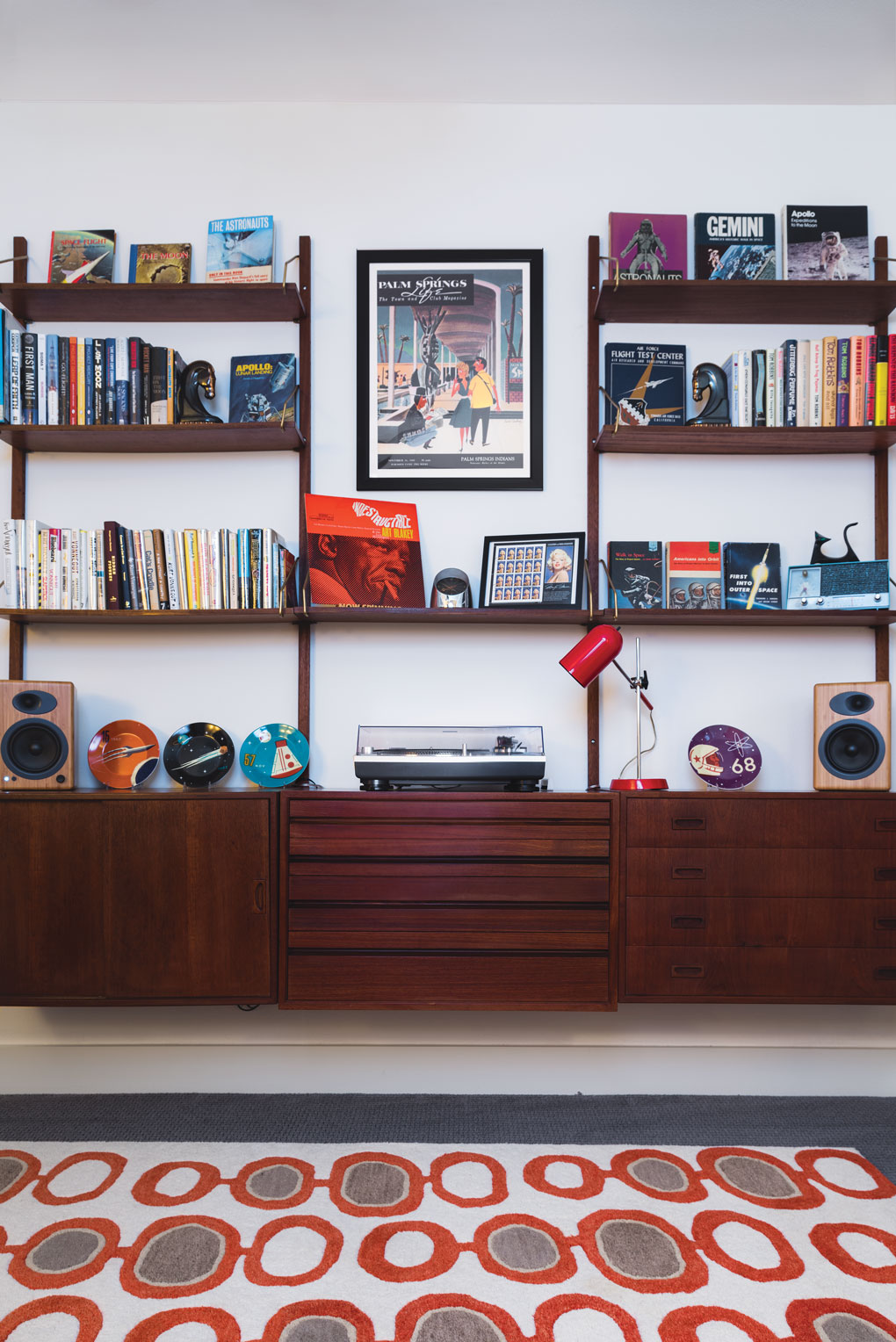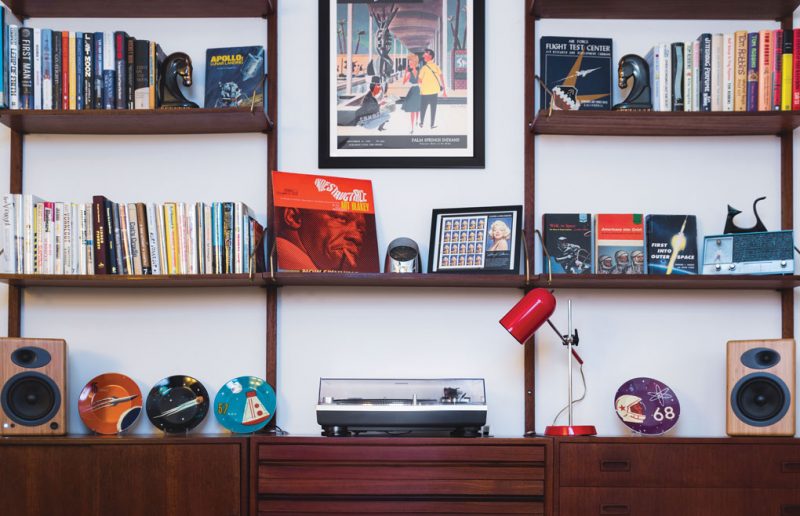We are a nation of packrats. We have so much stuff that the self-storage industry just laughs at us—all the way to the bank. One in 11 Americans pays an average of about $90 per month, often for years, to store things they will likely never ever use again. Some storage spaces are even air-conditioned and heated, raising the cost.

One out of 11 of our nation, or 9.4 percent of American households, created this $38 billion dollar industry. That is three times the volume of the entire Hollywood box office gross for a year. According to an article on the subject by Patrick Sisson for CURBED, “the volume of self-storage units in the country could fill the Hoover Dam with old clothing, skis, and keepsakes more than 26 times.”
There is nothing wrong with storing things, of course, and I say this as a former packrat. If you are moving or merging households, storage units are an inexpensive and practical way to manage transitions. However, most of us just cannot bear the emotion of parting with our grandma’s favorite chair or that live model painting we did in college—let alone our boxes of architecture magazines and books. If you are the child of an architect or a fellow accidental archivist, you may also have blueprints, specs and office records.

A few times a year, I meet someone at his or her storage unit to counsel them on the stuff inside, typically from a parent who was an architect. People open the door slowly and carefully, as if opening an ancient tomb waiting to behold glorious and priceless artifacts. The items are perhaps priceless, emotionally, which is why they’ve been saved at such cost for so long. Financially, however, there’s rarely any value. If you are convinced you are sitting on a goldmine of your architect parent’s papers in a storage unit, I understand the emotional value, but financially this collection is likely worth zero unless there’s a Matisse hidden in there somewhere.
How to clear out your mid century collection:
- Recent Design Magazines: Community colleges and high schools with drafting programs often don’t have the budget for periodicals and want recent issues (within five years) of current titles. If you paid for these personally and not through a company, donate them and get a tax deduction for what you paid in subscriptions.
- Past Design Magazines: If you’re thinking there’s gold in them there storage boxes, older titles (over five years) have almost no market value, and schools and libraries don’t want them. USModernist has a list of needed issues you can donate, providing free shipping. After that, your best bet is recycling. The good news is, you will feel great relief in freeing up space. Hasn’t your spouse bugged you about this for years?
- Design Books: Coffee table books, especially those with lots of photos, have a robust second life on eBay, Amazon and Craigslist. Reasonable listing prices are 25 percent to 35 percent off face value, plus shipping.
- Blueprints, Specs and Office Records: If your parent was a notable area architect, contact the closest university offering a school of architecture. Typically, the university library can advise about donating. While blueprints typically don’t have any financial market value, they do have a tax value when donated. In this situation, however, an appraisal is required. This also gives homeowners a central place to request blueprints when planning future renovations.
Letting go is an important stage in the process of growing up, moving on and freeing up space for the future. Is it your time to finally let go?
George Smart founded NCModernist Houses and USModernist Houses, together the largest open digital archives for residential Modernist architecture. He is host of the podcast USModernist Radio, which posts every other Monday on iTunes.
Even though an MCM reset can breathe new life into your spaces, there’s no need to part with your record collection. Read our picks for the top 10 MCM record storage solutions here!
And of course, don’t forget to follow us on Instagram, Facebook and Pinterest for more Mid Century Modern inspiration!












